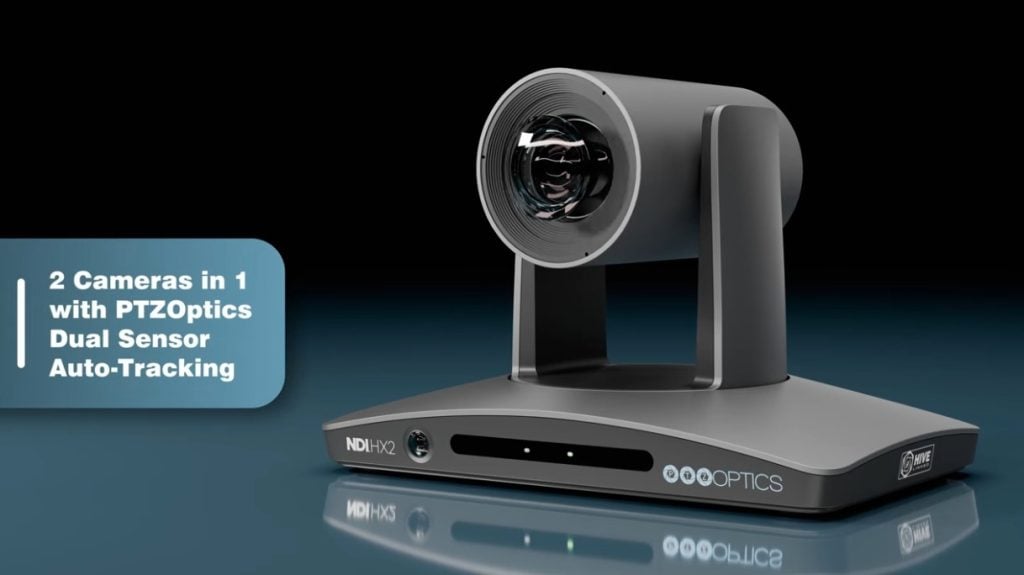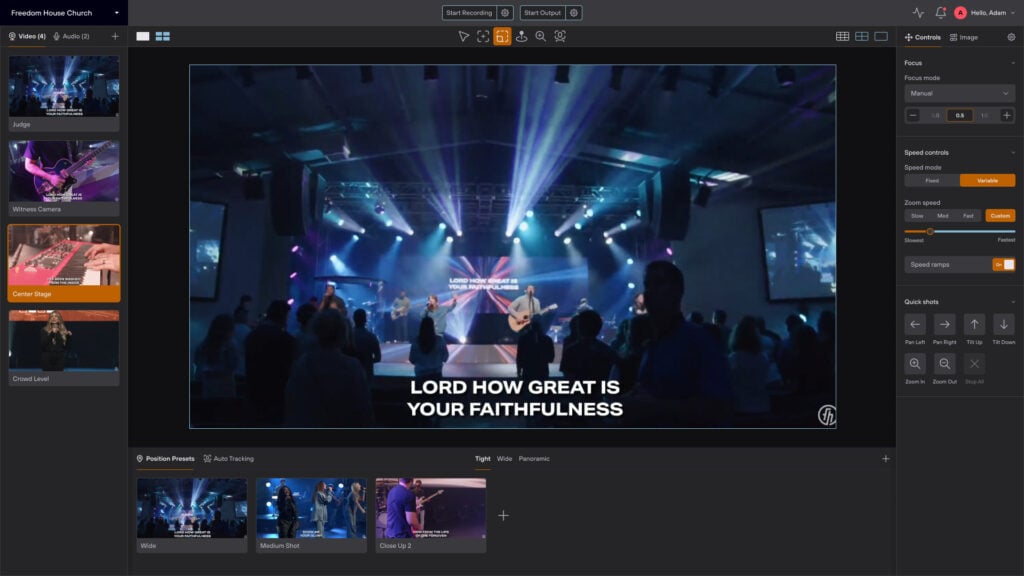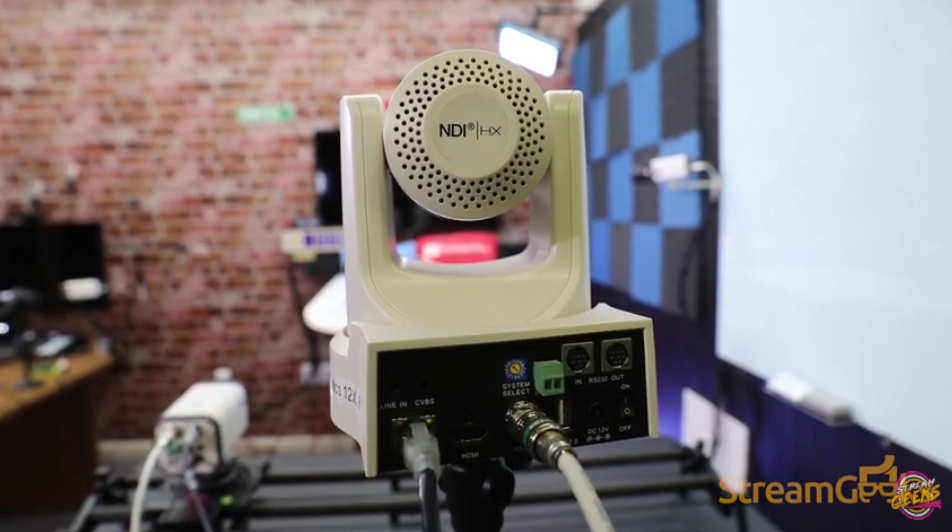What is an SDI Camera?
Written by Matthew Benner on August 17, 2020
Learning About SDI
SDI broadcasting systems have been around since the 90s. They have been used to broadcast and create some of the most popular TV shows. To this day, SDI systems still exist to make video production better. That, and the SDI camera. Anyone interested in getting an SDI camera and cables should know what they are and how they work.
What is an SDI Camera?
An SDI camera is a camera that features an SDI video connection. SDI video connections have a locking connector that can connect an SDI cable to another video device such as a recorder, a production system or a streaming encoder. SDI cameras can output video using an SDI cable connection.
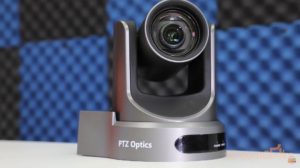
What does SDI Mean?
SDI stands for Serial Digital Interface and it’s a type of broadcast-quality cable used to connect video sources such as cameras and televisions to other video devices such as video switchers, production systems and encoders.
The Serial Digital Interface is a sort of cable that’s primary use is to broadcast video from cameras and TVs to other video devices, like encoders and production systems. This interface has been used for streaming TV since the 90s and is transmitted through a coaxial cable. One end of the SDI cable is connected to another.
What is an SDI camera used for?
SDI cameras are generally used to provide video inputs to production systems. Video producers will use these SDI camera inputs to create a production which can be recorded or broadcast live. Video production switchers can be used to switch between multiple SDI camera inputs in order to tell a story and record video content that’s visually appealing live.
An SDI Camera is basically a camera that has an SDI video connection. Streaming systems and recorders can be connected to the SDI Camera to stream output video (high definition zoom video).
The SDI camera is most often used in the television production setting but now they are used for live streaming projects of all sorts. Producers set up the SDI camera so they can switch between recording or broadcasting the show live. Many shows use multiple SDI cameras so they can switch back and forth between the two to tell the show’s story. The cameraman can switch through various SDI inputs to record the best production possible, and add different angles and perspectives.
Is HDMI better than SDI?
HDMI stands for High-Definition Multimedia Interface. HDMI cabling is generally less expensive than SDI cabling but features many of the same high resolution and frame rate capabilities. The main advantage of SDI cabling over HDMI is the long cabling distances that SDI supports. HDMI cabling is not generally reliable after 50 feet and requires an expensive HDMI extension system. SDI cabling is generally used in more professional production systems. HDMI cabling is generally used for more consumer-based production systems.
The HDMI system is pretty inexpensive compared to SDI for the same features. HDMI still has a high resolution, as well as the frame rate capabilities.
SDI cabling is reliable and supported after 50 ft, whereas the HDMI system is not. It requires an expensive HDMI extension service that defeats the purpose of saving money on it compared to the SDI. HDMI is very consumer-based, but the cables don’t reach those long lengths. They appeal to the people and not toward video producers. SDI Are usually used for more professional productions and videos, and HDMI is used for more of the simple stuff.
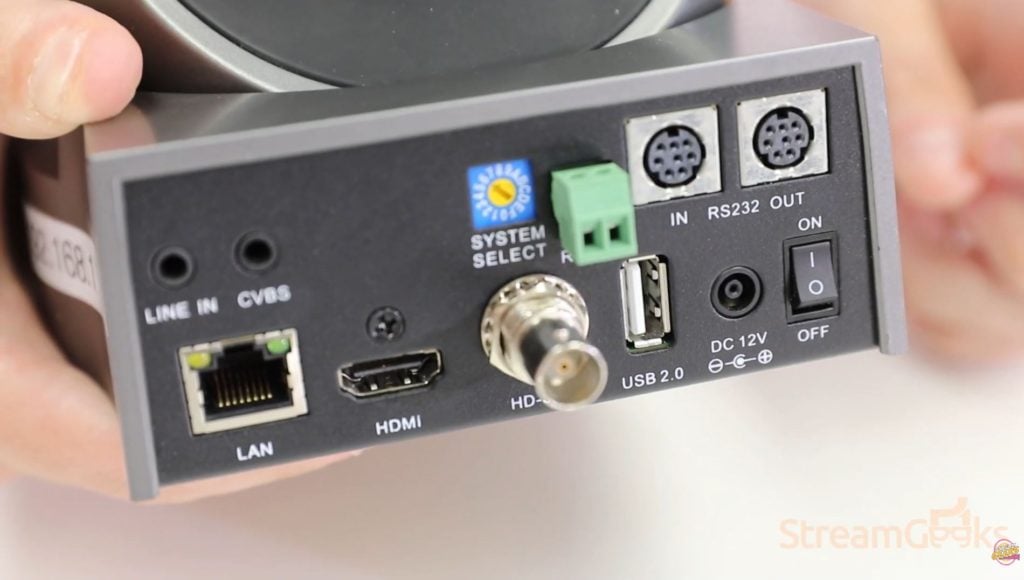
PTZ Camera connections
Are all SDI cables the same?
SDI cables come in many different varieties. The first type you should know about is called Plenum versus non-plenum cabling. Plenum-rated cabling is rated for use inside of walls and ceilings; therefore, many permanently installed cables that reach long distances require plenum-rated cabling to keep up with fire safety regulations. For common SDI cable quality types are SDI, HD-SDI, 3G SDI, and 6G-SDI. The original SDI cabling supports 480i video resolutions, HD-SDI supports 1080i/720p resolutions, 3G-SDI supports 1080p at 60fps, and 6G SDI supports 4K signals at 60Hz.
The Common SDI Cable Types
- SDI: This supports streaming with 480i video resolutions.
- HD-SDI: This supports streaming with 1080i/720p resolutions
- 3G-SDI: This supports streaming with 1080p at 60fps
- 6G- SDI: This supports streaming with 4K signals at 60Hz.
These are the basics on the SDI camera, cables, and what it does. Anyone looking to start a video production or television series should consider investing in an SDI camera, as it is the best camera for the job. It has high-definition, it is supported by long cables, and it can record and live stream at the same time.
More on Basics of Live Streaming
- What do I need to live stream? Here.
- How to live stream to YouTube Here.
- How to make more engaging video content Here.
- What is the best camera for live streaming? Explained Here.
- How to live stream to Facebook? Here
- How to add graphics into your live stream Here
- How to live stream a Zoom meeting? Here
- What is OBS (Open Broadcaster Software)? Here
- What is a PTZ Camera? Here
- What is an SDI Camera? Here
- What is an NDI Camera? Here
- What cables do I need to live stream? Here
- What type of computer do I need to live stream? Here
- What is SRT? Here
- What is bandwidth? Here

